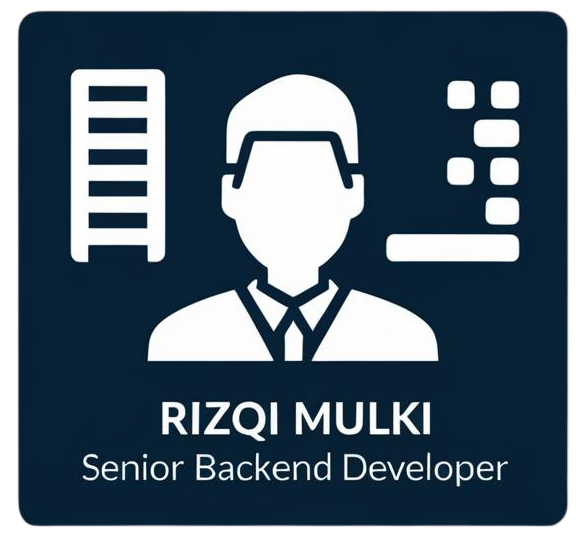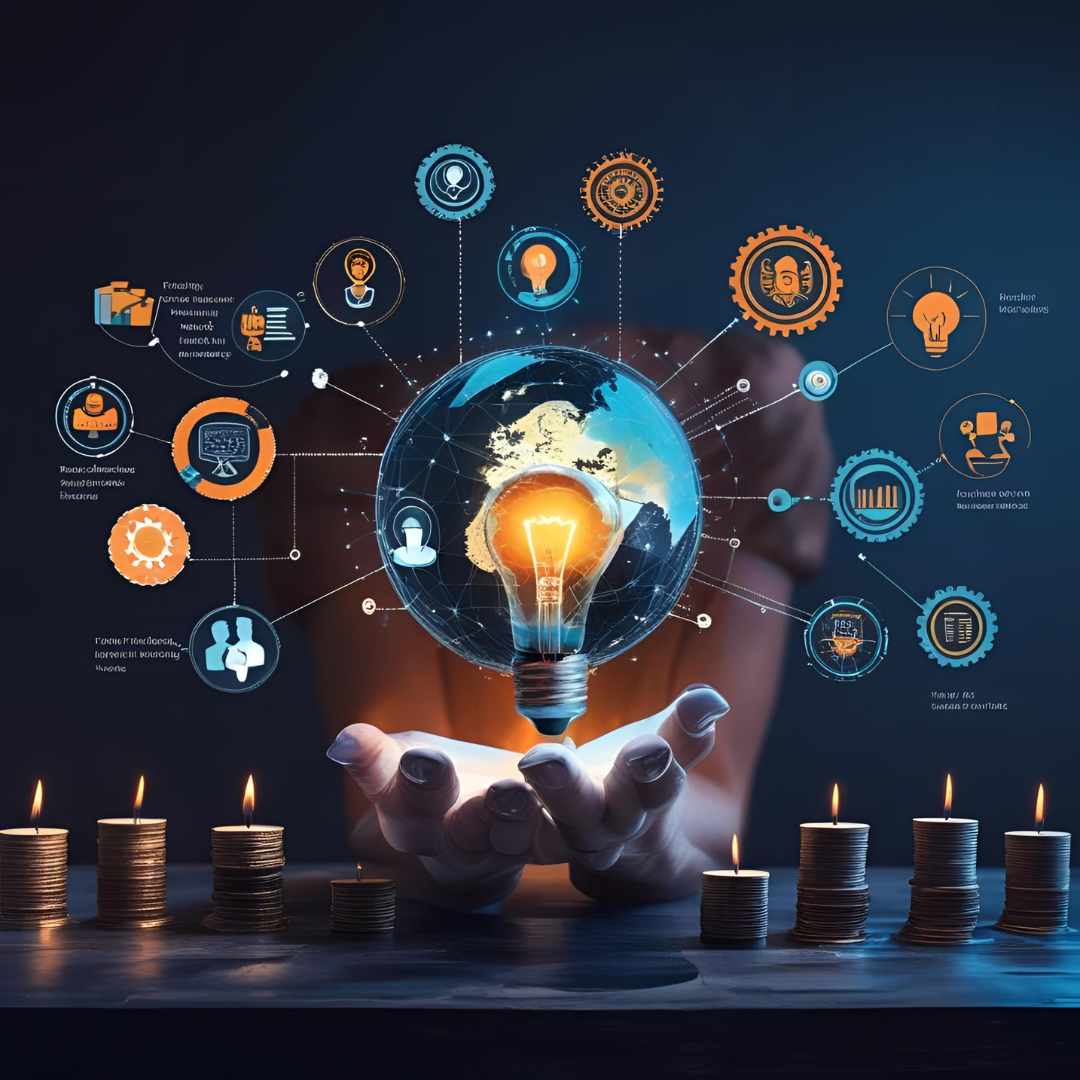Large Language Models (LLMs) have fundamentally transformed how we interact with artificial intelligence, evolving from simple text generators to sophisticated reasoning systems capable of complex problem-solving. As we stand at the threshold of even more remarkable developments, understanding the trajectory of LLM evolution becomes crucial for businesses, researchers, and society at large.
Current State: Beyond Text Generation
Today’s LLMs have transcended their original purpose of text completion. Modern systems like GPT-4, Claude, and others demonstrate remarkable capabilities in code generation, mathematical reasoning, creative writing, and even visual understanding through multimodal architectures. These models serve as virtual assistants, coding partners, research aids, and creative collaborators across countless industries.
The integration of LLMs into everyday workflows has accelerated dramatically, with applications spanning from customer service automation to scientific research assistance. This widespread adoption has revealed both the immense potential and current limitations of these systems, setting the stage for the next wave of innovations.
Emerging Architectural Innovations
Multimodal Integration
The future belongs to models that seamlessly process text, images, audio, and video simultaneously. We’re witnessing the emergence of truly multimodal systems that can understand context across different media types, enabling applications like real-time video analysis with natural language queries and sophisticated image-to-text-to-action workflows.
Mixture of Experts (MoE) Evolution
The MoE architecture is becoming increasingly sophisticated, allowing models to activate only relevant portions of their neural networks for specific tasks. This approach promises to deliver larger, more capable models while maintaining computational efficiency, potentially leading to specialized expert modules for different domains like science, mathematics, or creative tasks.
Memory and Retrieval Systems
Future LLMs will feature enhanced long-term memory capabilities, moving beyond current context window limitations. Advanced retrieval-augmented generation (RAG) systems will enable models to access and utilize vast knowledge bases dynamically, creating more knowledgeable and up-to-date AI assistants.
Predicted Capabilities and Applications
Scientific Research Acceleration
LLMs are poised to become indispensable research partners, capable of generating hypotheses, designing experiments, and analyzing complex datasets. The integration of LLMs with scientific instruments and databases will create autonomous research systems that can accelerate discovery across fields from drug development to climate science.
Personalized Education Revolution
The education sector will experience a paradigm shift as LLMs enable truly personalized learning experiences. AI tutors will adapt to individual learning styles, provide instant feedback, and create customized curricula that evolve with each student’s progress and interests.
Advanced Code Generation and Software Development
Programming will become increasingly collaborative between humans and AI. Future LLMs will not only write code but also architect entire systems, debug complex issues, and maintain software projects with minimal human oversight. This evolution will democratize software development and accelerate innovation cycles.
Creative Industry Transformation
The creative industries will see LLMs serving as collaborative partners rather than replacements. Advanced systems will assist in ideation, content creation, and artistic expression while maintaining human creativity at the center of the process. We’ll see emergence of AI-human creative partnerships that produce entirely new forms of art and entertainment.
Technical Challenges and Solutions
Computational Efficiency
The drive toward more efficient architectures will continue, with innovations in model compression, quantization, and specialized hardware accelerating deployment. Edge computing integration will bring powerful LLM capabilities to mobile devices and IoT systems without requiring constant cloud connectivity.
Reasoning and Logic Enhancement
Current limitations in logical reasoning and mathematical problem-solving will be addressed through specialized training techniques and architectural improvements. Future models will demonstrate more robust reasoning capabilities, reducing hallucinations and improving reliability in critical applications.
Context and Memory Management
Extended context windows and sophisticated memory systems will enable LLMs to maintain coherent conversations and work sessions across much longer timeframes. This advancement will be crucial for complex, multi-step tasks that require sustained attention and recall.
Societal Impact and Considerations
Workforce Transformation
Rather than wholesale job replacement, we’ll see job augmentation and the creation of new roles that leverage human-AI collaboration. The key will be reskilling and adapting to work alongside increasingly capable AI systems.
Ethical AI Development
The development of more powerful LLMs will necessitate robust ethical frameworks, bias mitigation strategies, and transparency measures. The industry will likely see standardized ethical guidelines and regulatory frameworks emerge to ensure responsible AI development.
Digital Divide Considerations
Ensuring equitable access to advanced LLM capabilities will become increasingly important as these systems become essential tools for education, work, and daily life. Efforts to democratize access and prevent the creation of AI-powered inequality will be crucial.
Timeline Predictions
Near-term (1-2 years)
Enhanced multimodal capabilities, improved reasoning accuracy, better integration with existing software ecosystems, and more efficient deployment options will define the immediate future.
Medium-term (3-5 years)
We can expect to see specialized domain experts, advanced autonomous agents capable of complex task completion, and seamless integration of LLMs into most digital interactions.
Long-term (5+ years)
The emergence of artificial general intelligence components, sophisticated AI research assistants, and potentially revolutionary breakthroughs in human-AI collaboration models will reshape entire industries.
Preparing for the LLM Future
Organizations and individuals should focus on developing AI literacy, experimenting with current LLM applications, and building flexible systems that can adapt to rapidly evolving capabilities. The key to success in an LLM-powered future lies not in competing with AI but in learning to collaborate effectively with these powerful tools.
The future of LLMs promises unprecedented opportunities for innovation, creativity, and problem-solving. By understanding these emerging trends and preparing for the changes ahead, we can harness the transformative potential of these technologies while addressing the challenges they present. The next decade will likely be remembered as the period when artificial intelligence truly became an integral part of human intellectual endeavor.


Leave a Reply